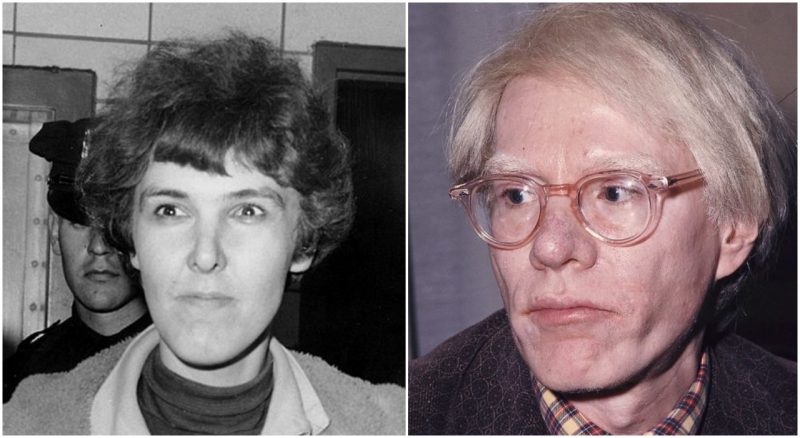Few artists have had more influence on modern pop culture than Andy Warhol.
The shy, quiet man was one of the most popular artists in the 1960s due to his irreverence towards art convention and his ability to promote other artists, who were known as Warhol Superstars.
Indeed, he would influence much of the art world with his art, such as the famous Campbell’s Soup Cans which simply portrayed soup cans.
Some were delighted by his work, others were infuriated by what they believed to be the cheapening of the art world, but all were mystified by the man’s ability to rise to the top of the pop art world.
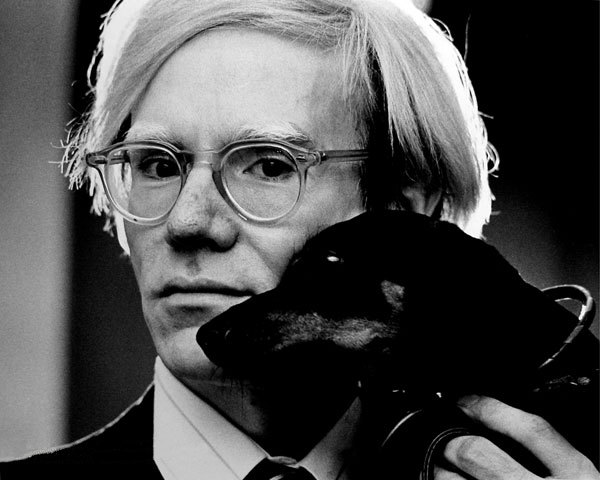
Warhol was no stranger to admiration and his studio, known as the Factory, was where many a celebrity and artist would congregate and socialize. Art was produced, films were made and relationships grew and blossomed between Warhol and the regulars who would attend the Factory.
The productions made by the Factory were extremely counter-cultural at the time. Andy Warhol was an openly gay man and many of his film productions would include elements of brazen sexuality that would shock the conservatively minded individual.
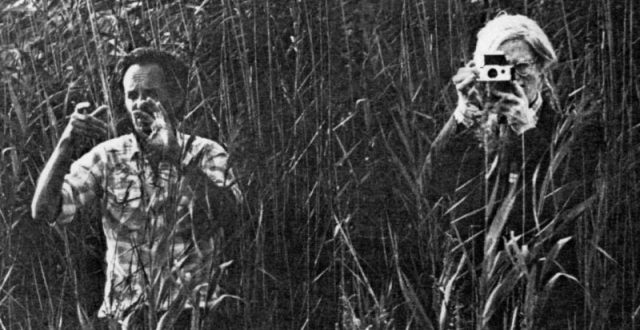
It was this reputation for creating shocking and offensive art that would lead a woman by the name of Valerie Jean Solanas to seek out his assistance with the production of a play. This play, titled “Up Your Ass,” was by all accounts a terrible and vulgar story that had little appeal to anyone.
Valerie, upon meeting Warhol outside of the Factory one morning, gave him the script and asked for him to read it, in the hopes that he would agree to produce the piece. Warhol accepted the script but didn’t particularly care for the play itself.
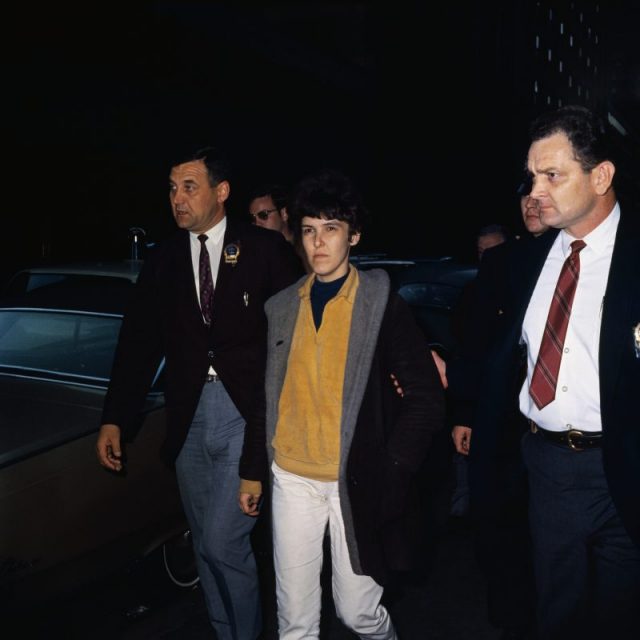
The themes of the play greatly reflected Valerie’s personal beliefs. As a radical feminist, she advocated the ultimate elimination of men in the world, believing that society was fundamentally broken and only the rise of a female government and the execution of all men would be the cure.
This was reflected in the book she began writing known as the SCUM Manifesto, SCUM was short for the Society of Cutting Up Men. When Valerie Solanas contacted Warhol again, asking if he had read her play and was willing to produce it, he told her that it had been lost somehow.
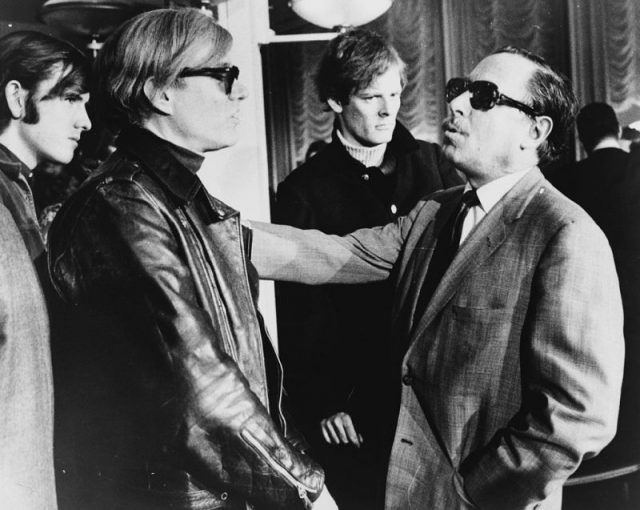
She was outraged at this news and demanded that she be paid for the work. Warhol managed to smooth things over by offering her a part in his movie, I, a Man, with the pay of $25. She accepted and played a bit role in the production.
This only appeased her for a short period of time. As she was working on the SCUM Manifesto, she made friends with the founder of Olympia Press, Maurice Girodias.

In their conversations, Girodias offered Valerie $500 for her next book and other writings, which she accepted. They signed a contract, but the wording of the language caused Valerie to begin to worry about the life rights to all of her work. For some reason, she began to believe that Girodias would own the rights to all of the works that she would ever create. Worse, Girodias was a close friend of Andy Warhol’s, which led her to one conclusion: Andy was trying to steal her work.
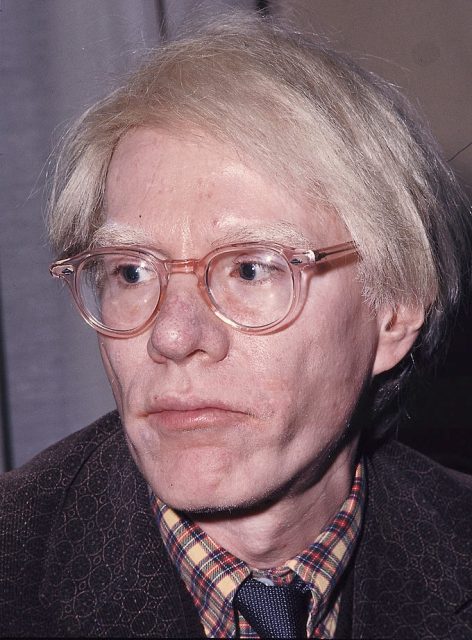
The idea might seem absurd, but Valerie Solanas connected the disappearance of her script to the new contract that she had signed. In her mind, Andy Warhol was out to take all of her work and leave her with nothing. This prompted her to go out and purchase a gun. She knew that there was only one way to protect her work, and that was to kill Andy Warhol.
Warhol portraits set for up £22 million at auction
She arrived at The Factory on June 3, 1968, looking for Andy. She was turned away, but due to her persistence, she was able to get into the building when Andy finally arrived around 2:00 pm.
Not suspecting a thing, Warhol was congenial towards her, complimenting her. His associate, the film director Paul Morrisey, tried to get her to leave, but she wouldn’t have it.
When Andy Warhol was taking a phone call, she drew her gun and fired three times at him, with one shot dropping him down hard.
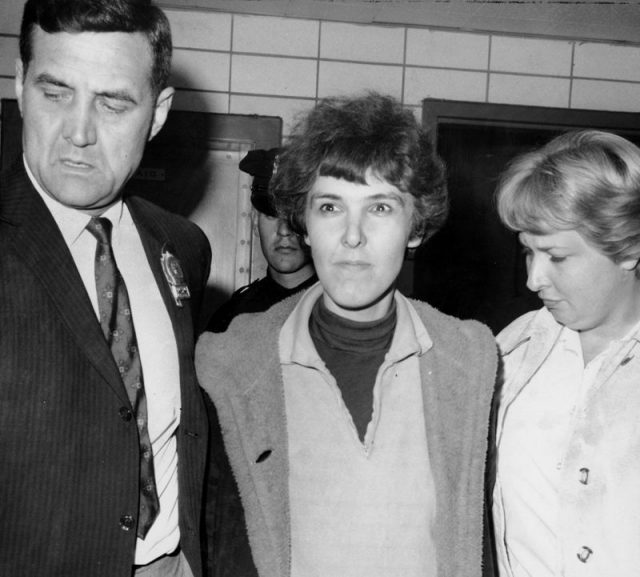
After she shot Warhol, she shot an art critic and tried to kill Warhol’s manager, but her gun jammed. Then she left, satisfied that her opponent, the man scheming to steal her art was dead. But Warhol survived and was rushed into surgery. His lungs, liver, and spleen had been heavily damaged. Thanks to the surgeon’s efforts, after five hours Warhol was saved, but he would have to wear a surgical corset for the rest of his life.
As for Valerie Solanas, she turned herself in, believing that she had been justified in her actions. In her testimonies, she maintained that she was only working to protect herself from Warhol’s influence and claimed that he had total control of her life. It didn’t take long for the court to rule that she suffered from paranoid schizophrenia and she was placed in a mental hospital for treatment.
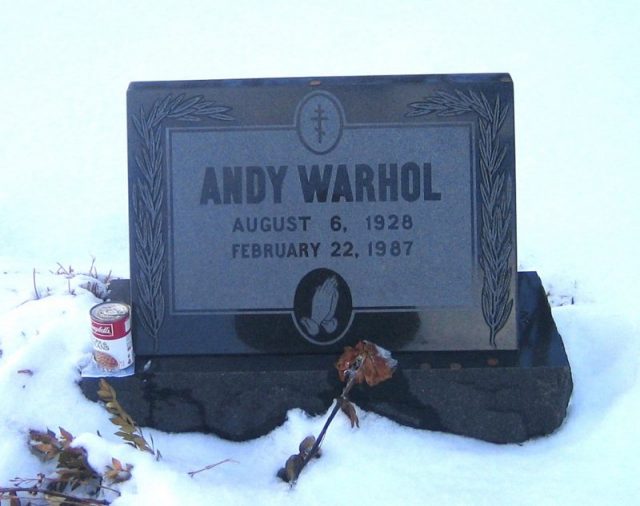
Warhol survived and continued with making his art, but the attempt on his life profoundly changed the way that he saw the world. Security was beefed up at the Factory and he began to focus less on shocking the world and more on entrepreneurship, still achieving great success in the art world. He would die at the age of 58 after a gallbladder surgery.
Some believe, perhaps rightly so, that the injuries he had incurred from the gunshot led to the complications in what should have been a routine surgery.
Andrew Pourciaux is a novelist hailing from sunny Sarasota, Florida, where he spends the majority of his time writing and podcasting.
